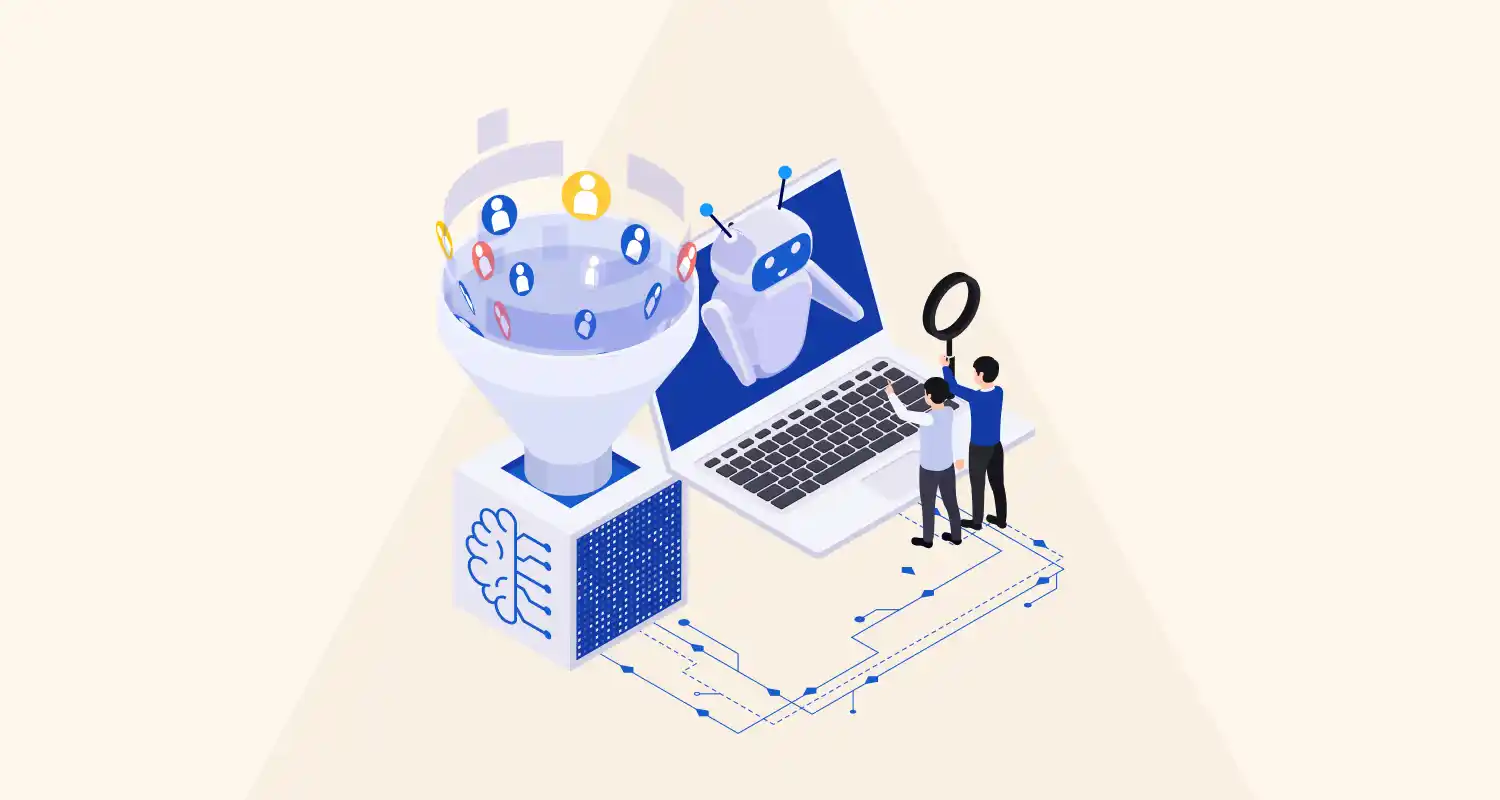In AI applications, batch prediction and real-time inference are two common strategies used to make predictions using trained models. It is important to understand the differences between batch prediction and real-time inference in AI applications to select the right architecture for your application.
What Are Batch Prediction and Real-Time Inference?
Batch Prediction
- Definition: Making predictions on a large set of data all at once (in batches).
- Use Case: Periodic reporting, churn prediction, email classification.
- Latency: High (results may take minutes or hours).
- Deployment: Often offline or as a scheduled job.
Real-Time Inference
- Definition: Making predictions instantly or on-the-fly for a single input.
- Use Case: Chatbots, fraud detection, recommendation engines.
- Latency: Very low (milliseconds).
- Deployment: Deployed as APIs or microservices.
| Feature | Batch Prediction | Real-Time Inference |
| Latency | High | Low (milliseconds) |
| Processing Style | Bulk | Per request |
| Use Cases | Reports, trends, analysis | Live apps, user-facing systems |
| Deployment | Offline script or job | Web service or API |
Steps to Implement Batch Prediction and Real-Time Inference
Batch Prediction:
- Load saved model
- Load dataset
- Run predictions on all data
- Save results to file or database
Real-Time Inference:
- Deploy model via REST API or gRPC
- Accept input via HTTP
- Return prediction response immediately
Code with Example for real-time Inference in AI Applications
Batch Prediction Example (using Scikit-learn)
import pandas as pd
import joblib
# Load model and dataset
model = joblib.load("my_model.pkl")
data = pd.read_csv("batch_input.csv")
# Run predictions
predictions = model.predict(data)
# Save results
pd.DataFrame(predictions, columns=["prediction"]).to_csv("predicted_output.csv", index=False)
print("Batch predictions completed.")Real-Time Inference Example (using Flask API)
from flask import Flask, request, jsonify
import joblib
import numpy as np
app = Flask(__name__)
model = joblib.load("my_model.pkl")
@app.route('/predict', methods=['POST'])
def predict(): input_data = request.json['input'] prediction = model.predict([np.array(input_data)]) return jsonify({'prediction': prediction.tolist()})
if __name__ == '__main__': app.run(debug=True)You can now send JSON to http://localhost:5000/predict to get live predictions.
Conclusion
Both batch prediction and real-time inference serve vital roles in AI systems, and the choice depends on your latency needs, use case, and infrastructure.
- Use batch prediction for offline processing and analytics.
- Use real-time inference when you need immediate responses in user-facing apps.
Choosing the right method ensures that your AI pipeline is efficient, scalable, and aligned with business objectives.





